Clostridium Difficile Associated Disease
Clostridium difficile associated disease. Although not always associated with previous antibiotic exposure it is in the majority of cases. Review of Clostridium difficile-associated diseases. McFarland LV Stamm WE.
Diagnosis and treatments Infection prevention and control Hospitalised patients with confirmed or suspected infection should be isolated in a private room with a dedicated toilet in order to reduce the risk of infection to other patients. However the understanding of the magnitude of and reasons for this change is currently hampered by the lack of standardized surveillance methods. Clostridium Difficile Infections Clostridium Difficile Associated Disease Epidemiology Forecast to 2030.
Diff is bacteria that can infect the bowel and cause diarrhoea. Difficile has established itself as an important community pathogen. It occurs in patients whose normal bowel flora have been disrupted commonly by recent antibiotic use.
Castagnola E1 Battaglia T Bandettini R Caviglia I Baldelli I Nantron M Moroni C Garaventa A. The majority of hospitalized patients infected by C. Clostridium difficile associated disease.
1Infectious Diseases Unit GGaslini Children Hospital Largo GGaslini 5 16147 Genoa Italy. This review summarizes what is known about the isolation of the organism the spectrum of clinical disease virulence factors treatments and methods of prevention. Clostridium difficile-associated disease is most commonly diagnosed in Syrian hamsters horses and neonatal pigs but it is reported sporadically in many other species.
The report Clostridium Difficile Infections Clostridium Difficile Associated Disease by Component Deployment Organisation Size Vertical and Region Global Forecast to 2026. New challenges from an established pathogen REVIEW ABSTRACT Clostridium difficile-associated disease CDAD can range from uncomplicated diarrhea to sepsis and even death. Difficile is a gram-positive anaerobic spore-forming bacillusThe clinical manifestations of CDAD range from asymptomatic colonization of the gastrointestinal tract and mild diarrhea to diarrhea with colitis which.
The epidemiology of Clostridium difficile-associated disease CDAD is changing with evidence of increased incidence and severity. Clostridium difficile-associated disease CDAD is the most common infectious cause of hospital-associated diarrhea and the spectrum of illness caused by CDAD ranges from mild diarrhea to life-threatening toxic megacolon colon perforation and deathPatients undergoing hematopoietic stem cell transplantation HSCT have many of the primary risk factors for CDAD.
Difficile contamination of the hospital environment.
New challenges from an established pathogen REVIEW ABSTRACT Clostridium difficile-associated disease CDAD can range from uncomplicated diarrhea to sepsis and even death. CDAD rates and severity are increasing possibly due to a new strainTransmission of C difficileoccurs primarily. Difficile has established itself as an important community pathogen. Review of Clostridium difficile-associated diseases. Clostridium difficile-associated disease CDAD is the most common infectious cause of hospital-associated diarrhea and the spectrum of illness caused by CDAD ranges from mild diarrhea to life-threatening toxic megacolon colon perforation and deathPatients undergoing hematopoietic stem cell transplantation HSCT have many of the primary risk factors for CDAD. Clostridium difficile associated disease. Diagnosis and treatments Infection prevention and control Hospitalised patients with confirmed or suspected infection should be isolated in a private room with a dedicated toilet in order to reduce the risk of infection to other patients. Clostridium difficile-associated disease CDAD has been clearly associated with the use of broad-spectrum antimicrobial agents worldwideClostridium difficile C. Clostridium difficile associated disease CDAD is an infection of the colon caused by the bacteria Clostridium difficile.
Although not always associated with previous antibiotic exposure it is in the majority of cases. The epidemiology of Clostridium difficile-associated disease CDAD is changing with evidence of increased incidence and severity. Difficile is a gram-positive anaerobic spore-forming bacillusThe clinical manifestations of CDAD range from asymptomatic colonization of the gastrointestinal tract and mild diarrhea to diarrhea with colitis which. New challenges from an established pathogen REVIEW ABSTRACT Clostridium difficile-associated disease CDAD can range from uncomplicated diarrhea to sepsis and even death. Clostridium difficile Clostridium difficile also known as C. The essential virulence factors of C. Although not always associated with previous antibiotic exposure it is in the majority of cases.



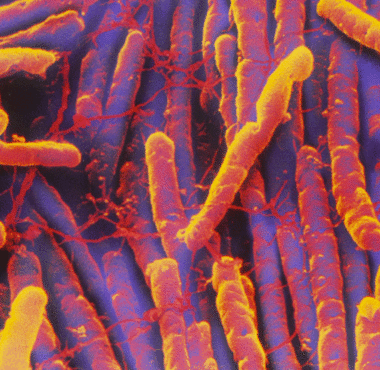







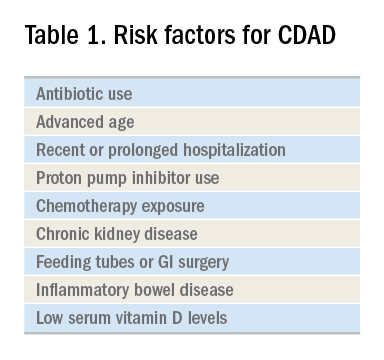
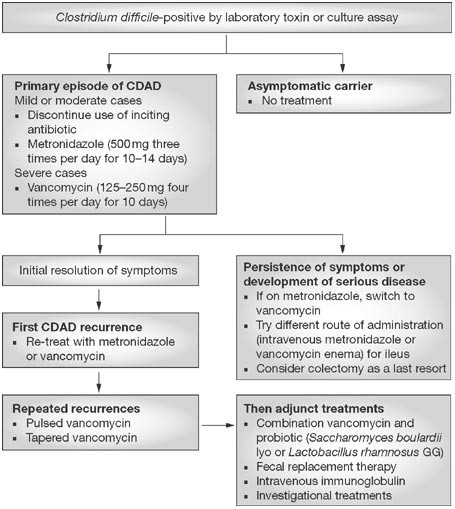

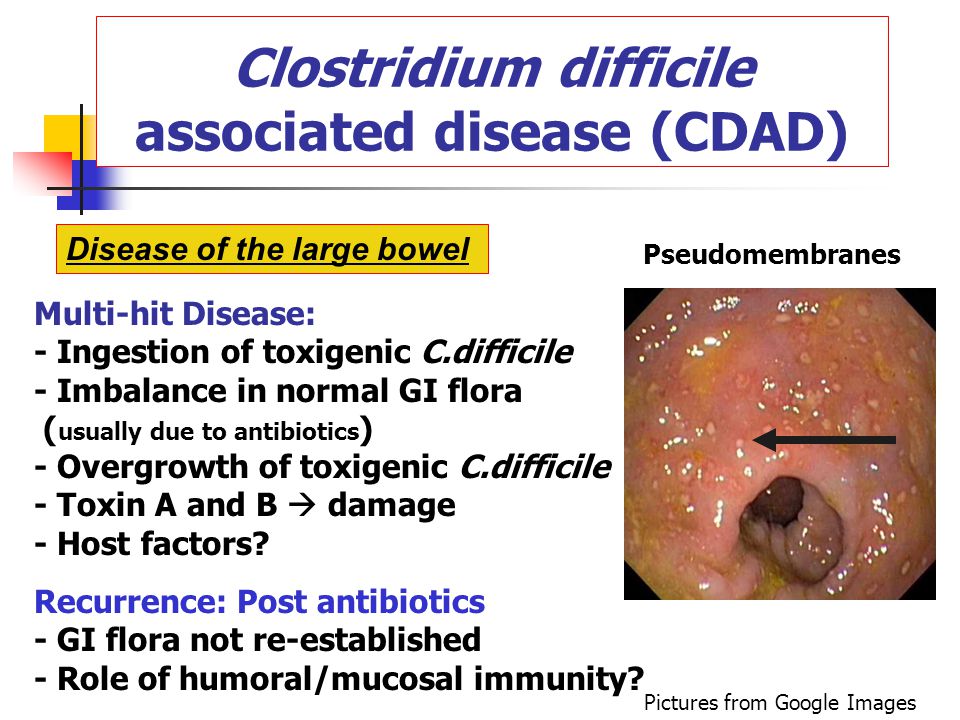






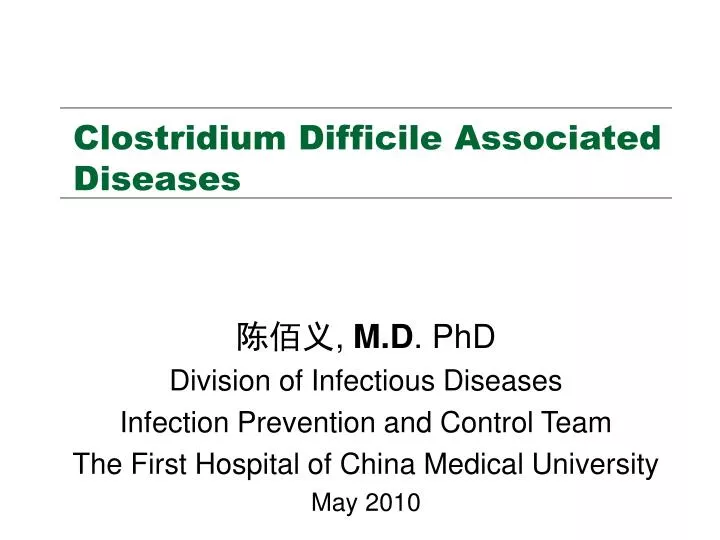
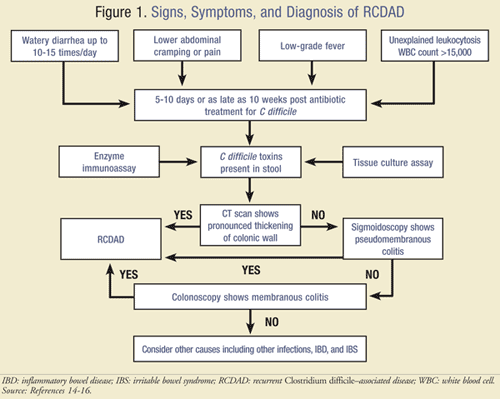










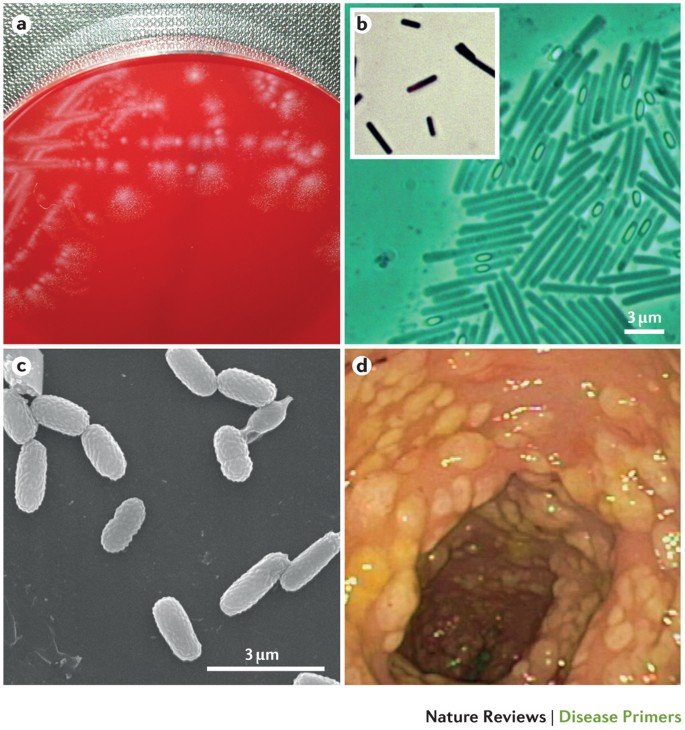

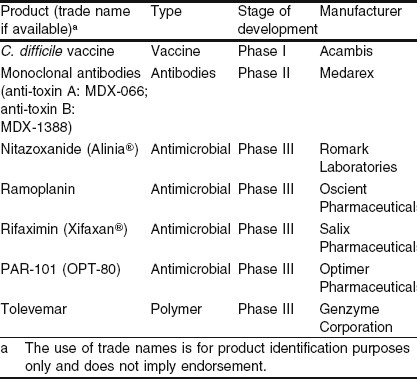

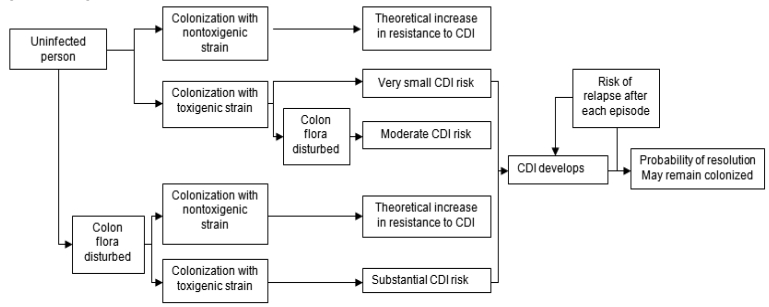

Posting Komentar untuk "Clostridium Difficile Associated Disease"